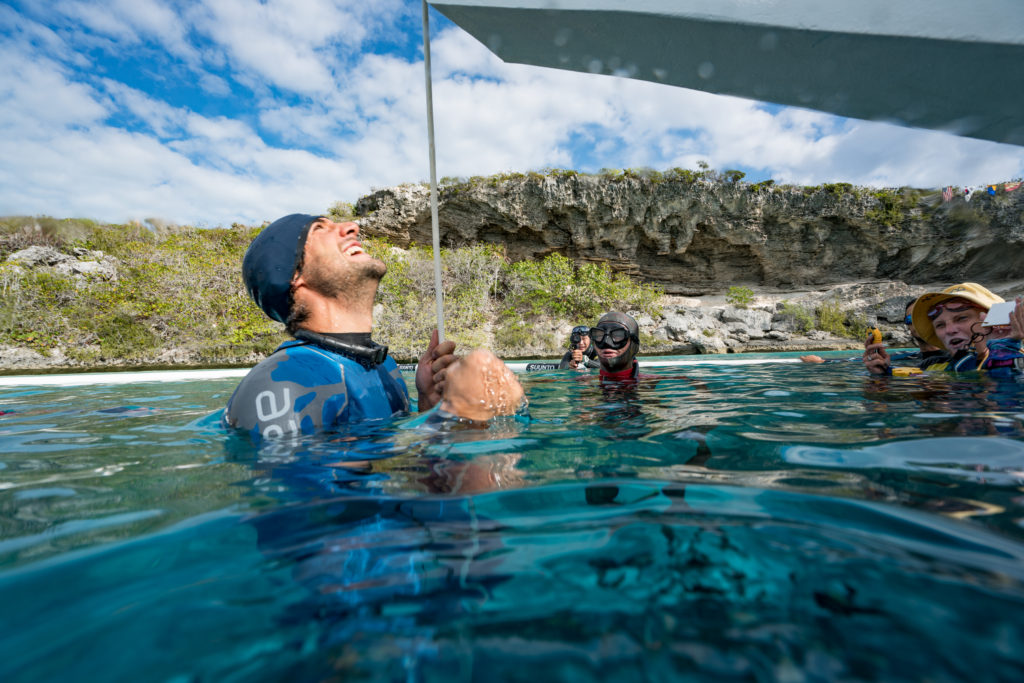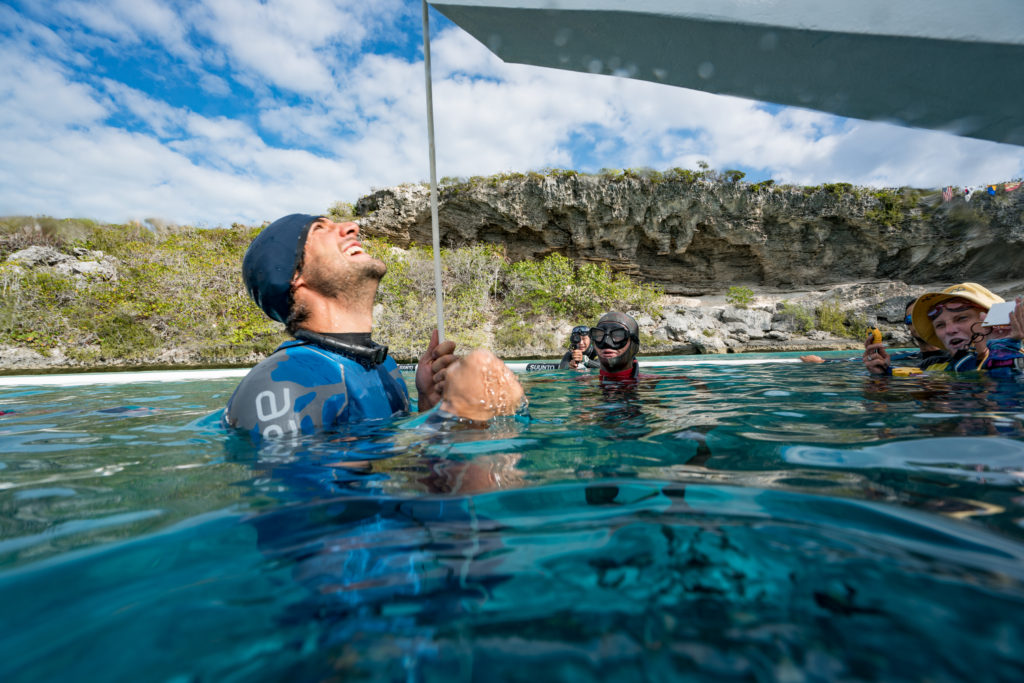Before heading back to Egypt for my second stint I needed to figure out how to change and improve pretty much everything. There were so many things I needed to improve, such as my physical conditioning, how I recovered after a dive, my diet, psychological approach to the deep dives and training, many many things. But the key hurdle I needed to figure out was how to stop squeezing, and this was by far the biggest hurdle to overcome. I really can’t confirm it was one definitive change that made the difference, more an accumulation of changes done at the right times, so I’ll try my best to recount how it went.
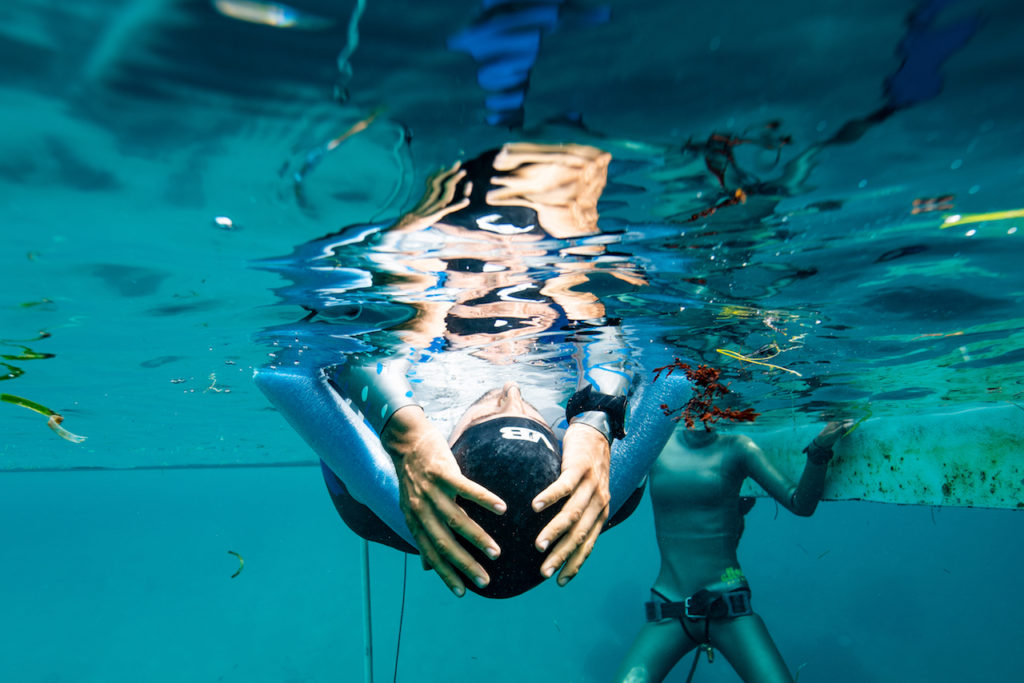
The Bottom Turn
The first few aspects I set about changing were simple basics, such as how I performed my bottom turn. On my 82m dive where I experience my worst squeeze the year prior, I distinctively remember feeling a pang of discomfort in my chest as I turned around haphazardly. So I figured this was a simple place to start and pretty easy to implement. The bottom turn is a key transition phase of a dive, so even if this weren’t to overcome lung injury, it will still have a big impact on the relaxation of a dive overall. If you get the basics right then a deep dive is going to feel substantially easier. I like to say that overall there aren’t many advanced techniques, mainly a sequence of basic skills executed well, much like a deep dive.
Freefall
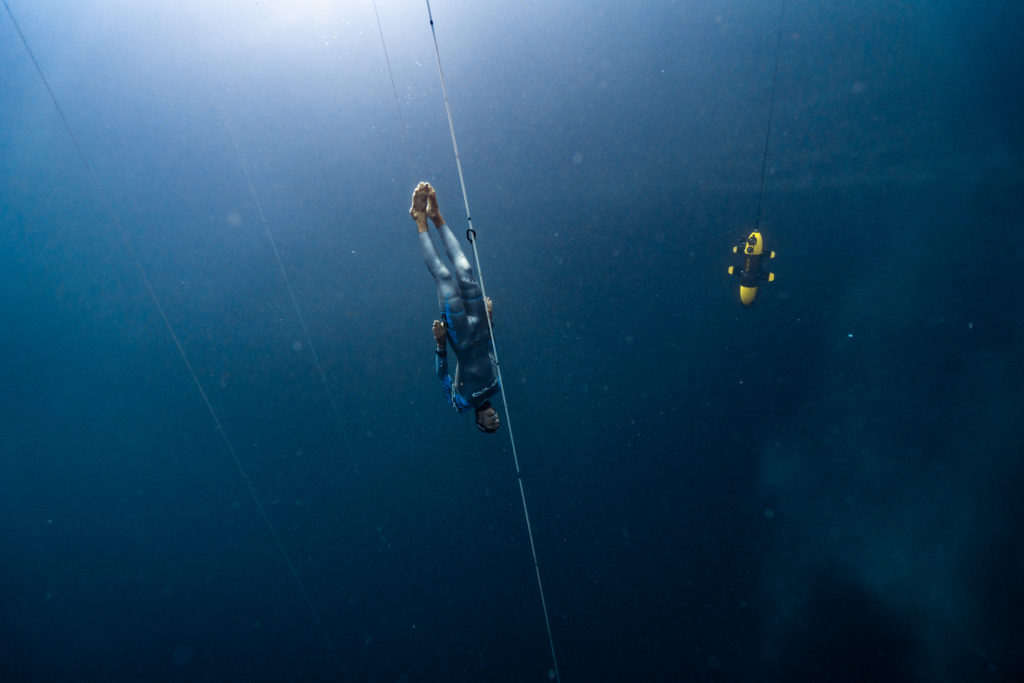
Another small change was ensuring that I kept my freefall close to the line, brushing lightly every now and then to remind me where it is while closing my eyes intermittently.
By doing this it meant that I didn’t need to make so many large adjustments, only small ones. It also meant that I felt more relaxed as I had confidence I wouldn’t lose the line. Losing the line during your freefall is not, in my opinion, a reason for squeezing, it can happen and is mostly an easy issue to resolve But I think the problem arrises from the sudden jerk of tension when realising the line isn’t where it’s supposed to be, or rather you’re not. But by ironing out any issues you have with freefall drastically takes this factor out of the equation and allows you to sink deeper into relaxation.
Breathing Reflexes/ Contractions
Slow progression of depth was another factor which I indeed changed in comparison to how I dove before. But I suppose one of the biggest changes was setting about how I experience contractions, or more accurately, breathing reflexes. Breathing reflexes at depth can be quite aggressive on the lungs. I’m fortunately not one of those divers that has to deal with breathing reflexes on the descent, but definitely on the ascent, especially on longer dives such as FIM.

When we have these reflexes, we experience an increase of negative pressure in the lungs, compounding the negative pressure that’s already there from being at depth. What I realised in myself was that I’d developed tension in the shoulders and stomach, this created my reflexes to become concentrated in the upper chest, which I suspected was leading to trachea squeezes, it also restricted the amount that my diaphragm lifter into the thoracic cage.
My idea was adjust these reflexes by directing them lower down in the intercostal muscles and simply allowing them to happen, as opposed to creating tension to and fight against. And to relax the stomach as much as possible, this allows the diaphragm to rise higher into the thoracic cage which lowers residual volume. Bringing about these changes in the breathing reflexes was a slow process, I could make the change on a less stressful dive, but on a deep dive everything becomes more autonomous, thus more chance of reverting back to the how I normally did things. So I worked on slow shallow dives, beginning the ascent just when I started feeling the urge to breathe and having to deal with only a few reflexes. Then slowly extending the dive time to deal with reflexes at the bottom before ascending, this took months to reprogram. Then finally adding deep dives into the equation.
Stretching & Flexibility
Chest and Diaphragm flexibility are of course hugely important for deep diving. The more flexible our diaphragm is, the higher it will lift up into our thoracic cage. This both allows for better equalisation, and aids us in being able to relax easier. Improving our chest flexibility is also going to build on our compressive potential which also allow us to deal with the pressures of depth, but also to enable us to take deeper breaths at the surface. Building on these areas takes persistence and dedication over a long period of time. Not through infrequent intense sessions, otherwise we run the risk of injuring ourselves very easily, especially with stomach lifts and lung packing.
One of the methods that is taught to overcome squeezing is to make sure you stretch, and this is of course true, but certainly not just before a deep dive. Before a dive session we simply want to awaken the muscles and utilise the flexibility that we already have, not to try and discover new flexibility just before we’re about to put a heavy strain on the lungs. This is another big change that I’ve put into my own diving, I stretch diligently and frequently, but only on dedicated dry training sessions or the evening before a dive. In the morning of a dive, it’s just a simple warm up to increase blood flow to the muscles, nothing more than that. So to clarify, don’t over stretch before a dive.
No Fins
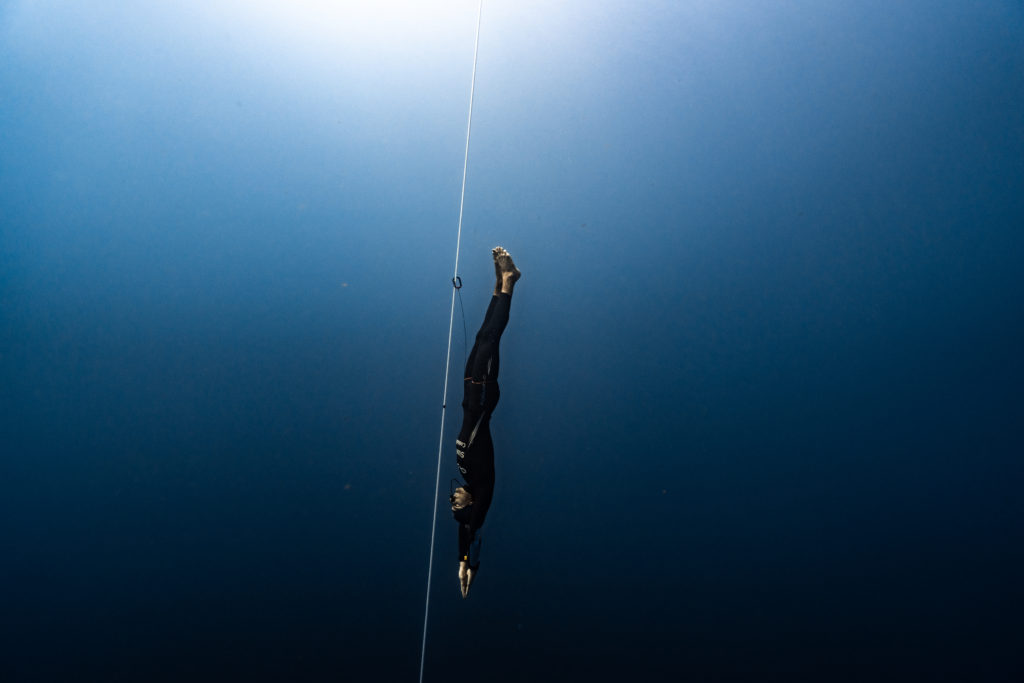
Another piece of the jigsaw fell into place once I started No fins. Up to this point, even with all of the changes I’d made, I was still experiencing some small squeezes once I got to over the 85m mark in CWT. So I decided to scale the depth back again and progress with No Fins, and up to this day I have never had a squeeze on a No Fins dive. Again, I can’t really put my finger on the reason why, I’ve dove well over 80m so it’s not necessarily the shallower depth. But I suspect, once I started swimming in a different way, this allowed me, to greater effect, enact the changes I was trying to put in place with how I experienced breathing reflexes.
Since then I have continued on my journey of eliminating my squeezes from the positive experience I had with No fins, and it may be due to this reason why I love No fins so much. I’ve had some hiccups along the way, namely while arriving at the 100m mark with CWT, but I put this down to comp nerves and poor tag grabbing. But overall these days I don’t have an issue with squeezing. There are a lot of other small things I have added since those days in Dahab, such as a long rest after a dive over a certain depth, sometimes only doing 1 dive if I feel it’s necessary. Not pulling up the rope after a heavy session, also avoiding over hydration in the morning is another small thing that might make a difference. But as I said at the beginning, I don’t think there’s a panacea for squeezing, and nothing can compensate for experience and time at depth, and I think this is probably the key factor among many that has allowed me to overcome squeezing.
Conclusion
So to summarise, I approached this complex puzzle by isolating certain components of a deep dive and to try and adjust them one by one. By breaking down and working on these individual basics, I also saw huge improvements in other areas of my freediving. Naturally relaxation was the key improvement, and I guess in freediving it always comes back to this. So to answer the question of how to stop squeezing, it can be answered in a simple way, to relax. But as you begin to delve deeper, you learn that relaxation is influenced from many different angles, and it’s not always so simple to solve.
